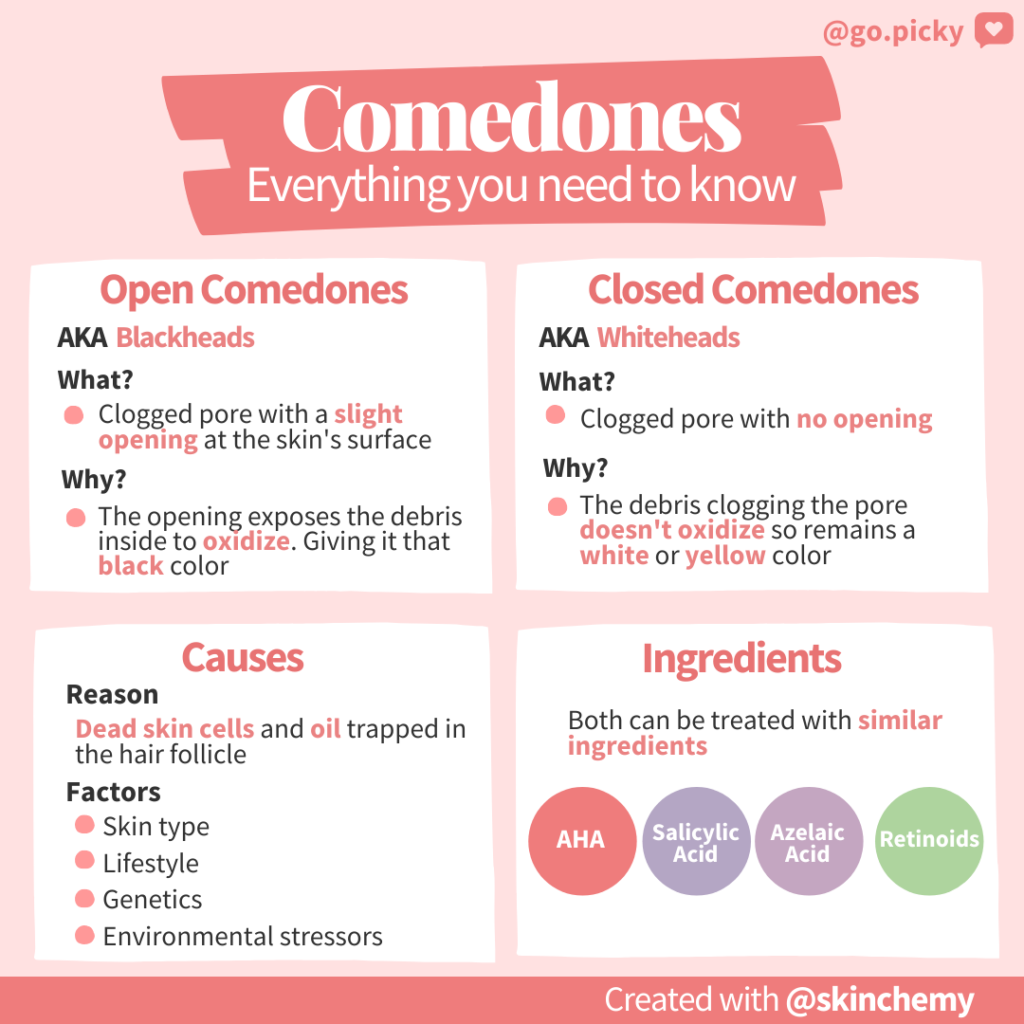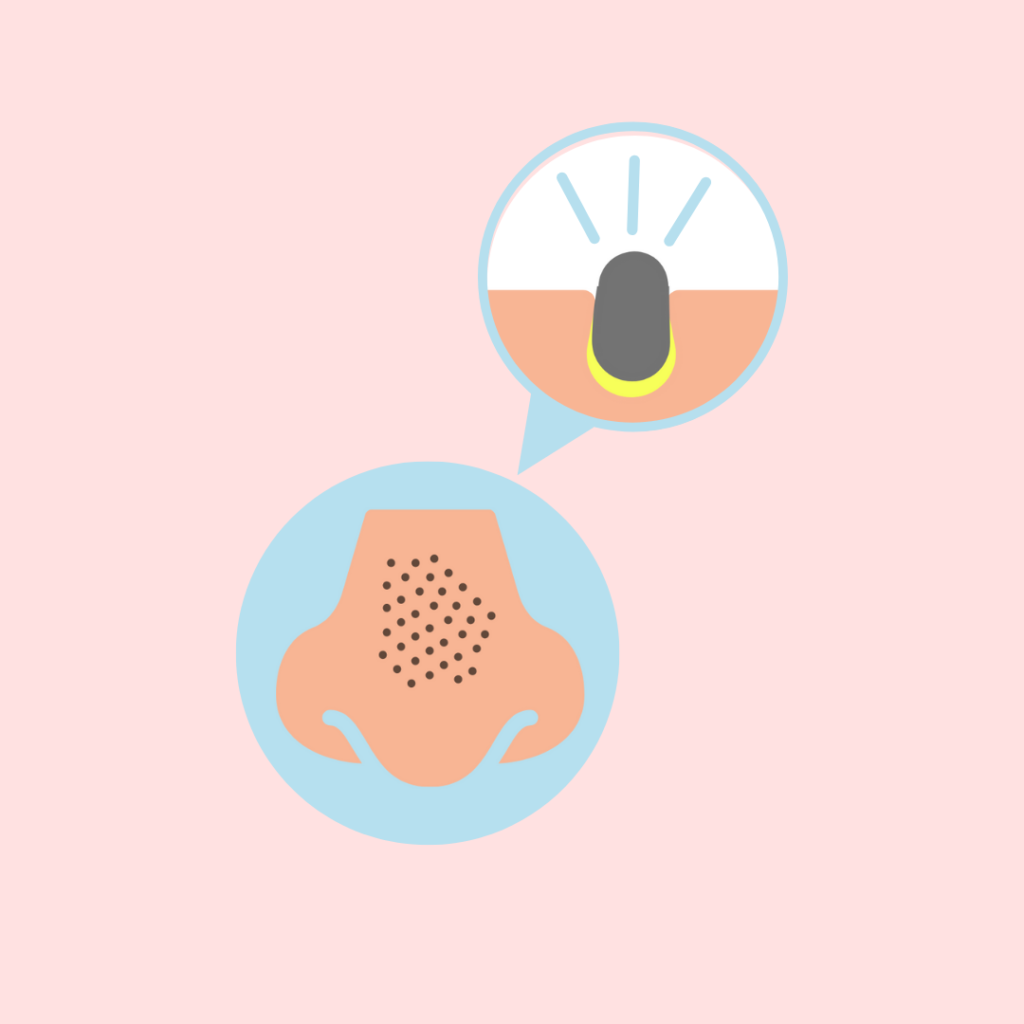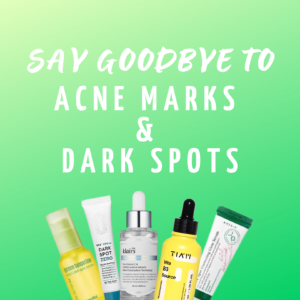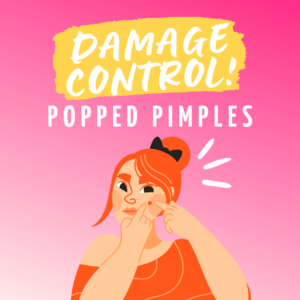Q. If I use products with comedogenic ingredients, will it clog my pores? Should I only be looking for non-comedogenic labels?
A. Don’t let these labels limit you! Debate is still ongoing about “comedogenic” ingredients due to the lack of universally standardized tests. So let’s break it down nice and easy!
What Is Comedogenic?

Comedogenic means something is more likely to create comedones. Comedones happen when your pores are clogged, and can take shape in two forms: whiteheads and blackheads. Blackheads are open clogged pores, meaning there is a slight opening at the skin’s surface! The oxidation of the debris inside the pore is what gives it that black color. Whiteheads are closed clogged pores and don’t experience any oxidation, which is why they remain a white/yellow color!
Causes
There are multiple factors that can cause comedonal acne including:
- Skin type
- Genetics
- Environmental elements
- Lifestyle
- Skincare routine
Ingredients That Can Help
Luckily, for both blackheads and whiteheads, you can use similar ingredients to resolve them! These ingredients are AHA/BHA, salicylic acid, azelaic acid, and retinol!
Comedogenic vs. Noncomedogenic

Comedogenic is when something can potentially clog or block your pores and create comedones. Non-comedogenic is when the ingredients within a product are less likely to create or cause comedonal acne. However, when it comes to brands using the label “non-comedogenic” on their skincare products, there’s still a bit of debate!
No Standardized Tests
There’s no standardized test for comedogenicity! The term “comedogenic” itself isn’t even regulated. That means the FDA hasn’t published a list of ingredients that need to be excluded in order for a product to be labeled as “non-comedogenic.” So, when companies claim their product as “non-comedogenic”, it’s usually based on peer-reviewed studies.
What Tests Do They Use?
Most studies on comedogenicity originated from testing on rabbit ears! Ingredients were applied to a rabbit’s inner ear which is shown to be more sensitive than human skin. Due to this, the ingredients could clog the pores faster and show results quicker. However, these type of studies can’t be replicated on human skin.
More recently, testing on humans has grown more popular. But instead of the ear, the ingredients are tested on the subjects’ back. This isn’t too reliable since the skin on the back won’t necessarily respond the same way as facial skin.
What Can You Do?

Trial and error with your own skin chemistry. It’s best to find out what works best for your skin, and what does not. Because the truth is, no one’s skin is the same! A product that clears your skin might be the cause of another person’s break out. Genes, hormones, stress and lifestyle are all major factors in determining how your skin responds to different skincare products and ingredients!
Keep in mind, the percentage of an ingredient and overall formula is incredibly important! Even if an ingredient that has the ability to block pores, depending on the product and its concentration, it may actually not. So, take these comedogenicity ratings and labels with a pinch of salt!
Not sure which products to try for your comedonal acne? Ask our Picky Experts’ advice on Q&A! Head over to the Picky App and post your question now! Click here to go to the Picky website, or here to go back to our blog.


















